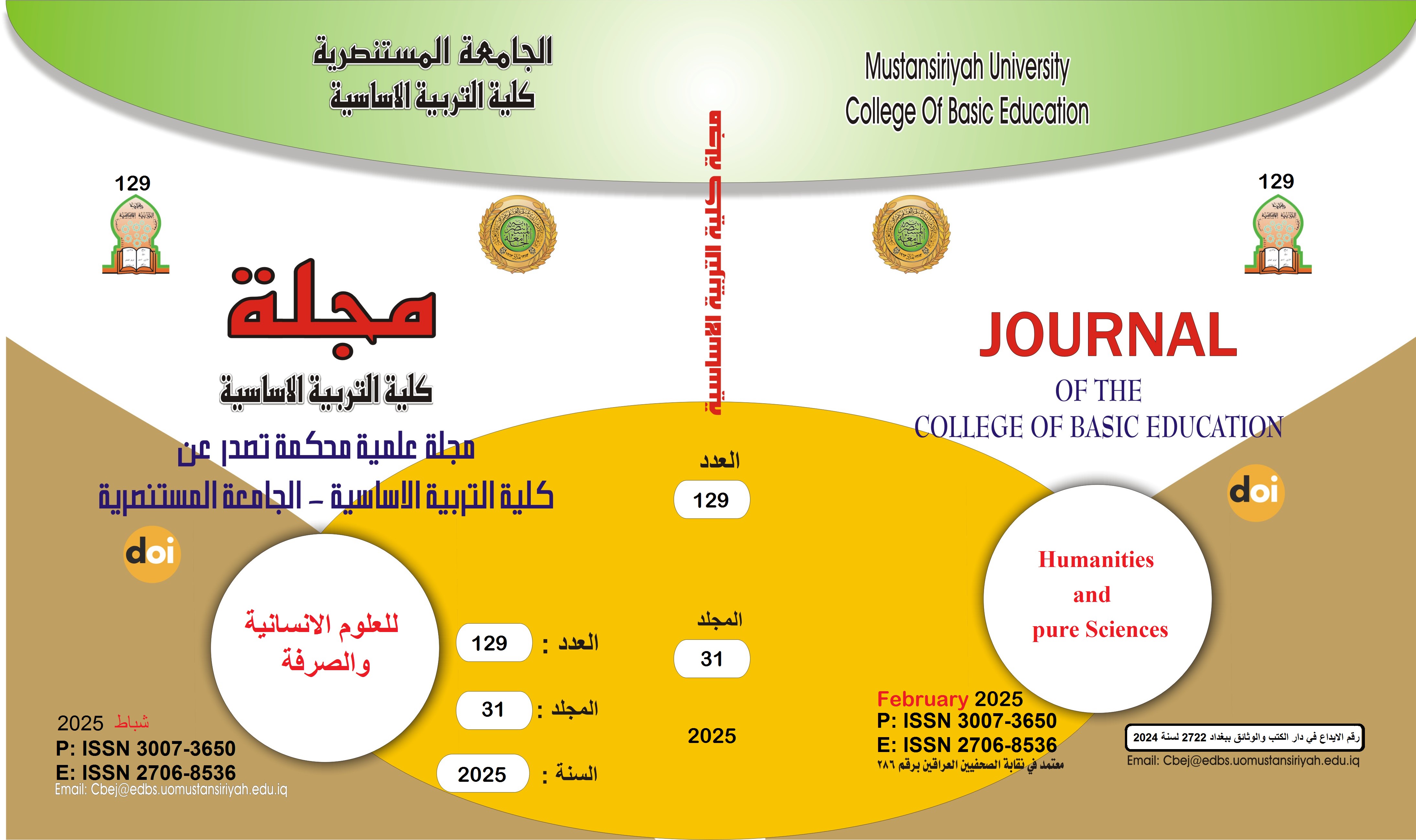Best estimator for dynamic factor model (DFM)
Main Article Content
Abstract
The dynamic factor model (DFM) is characterized by analyzing data dynamically and focuses on explaining the common changes in a set of variables over time. It is suitable for large data that contain many variables and can be used to predict and monitor economic variables. The aim of the research is to reduce time series data that are characterized by a common movement (Co-Movement) over time due to the presence of common factors between them, by using DFMs models. The aim of the research is to reach an efficient model, determine the number of common factors, and estimate the parameters of the model (DFM) using the maximum likelihood method. In this research, the dynamic factor model was estimated using the maximum likelihood method, where the simulation results showed, depending on the sample sizes (125, 50, 20) and the correlation coefficients (0.9, 0.5, 0.1), that the best value for the root mean square error (RMSE) is 0.6309 at a sample size of 125 and a correlation coefficient of (0.1). It was noted through the results obtained that the best value for (RMSE) is when the sample sizes are large and the correlation coefficient is small, i.e. the lower the correlation coefficient, the lower the value of the root mean square error (RMSE), i.e. the proportion is direct, and the larger the sample sizes, the lower the values of (RMSE), i.e. the proportion is inverse
Article Details

This work is licensed under a Creative Commons Attribution-ShareAlike 4.0 International License.
